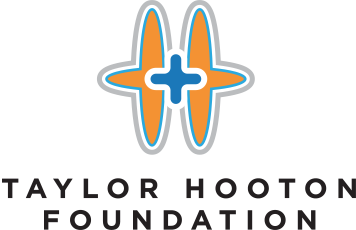May 2, 2017
Performance Enhancing Drugs Now a Public Health Problem
– It’s not just pro athletes any more
WASHINGTON — A dozen years ago, Congress held widely-publicized hearings to lambaste Major League Baseball stars for using steroids and similar performance-enhancing substances, which were filtering down to youth sports in part because of their role modeling. Down the street here Thursday afternoon, providers and advocates conveyed a different message about these substances. “It’s not a sports issue anymore,” Neil Romano, a public health consultant, said to a group of journalists and others gathered at the National Press Club. “We are not addressing the real issue.” Use of performance-enhancers such as anabolic steroids, weight-loss products, and dietary supplements is actually a “major unrecognized public health problem,” said Shalender Bhasin, MD, an endocrinologist with Brigham and Women’s Hospital. Most users are non-athletes, with men ages 15-34 the most likely, and use among men in their late 30’s and women is emerging as well. Yet most people are unaware of what speakers here called a crisis — including most providers. “We need doctors to understand the problem,” Bhasin said, which includes socio-cultural aspects in addition to physical. Organizers’ overarching goal Thursday was to launch public awareness of this as a public health issue, Romano said, not just a mere sports problem. “We’re trying to move that conversation,” he said. “It’s also now an American issue and an epidemic at every level of our society.” Scientific sessions and medical society statements have not done enough, Michele LaBotz, MD, a sports medicine physician in Maine, said.”The trick isn’t developing information. The trick is dissemination.” “We need a Marshall Plan” to save the aforementioned generation of young men, said Bhasin, lead author of such a 2013 Endocrine Society statement. It should include preventative education for both men and providers, as well as new studies funded by the likes of the Department of Defense and National Institutes of Health.People use these substances primarily to improve their body image, said Tom Hildebrandt, PsyD, of Mount Sinai, driven by societal pressures. Even kids as young as 8 are able to identify and understand media messages conveying ideal body types. Use by bodybuilders has surged since 1981, Bhasin reported, which Hildebrandt suggested was sparked by Arnold Schwarzenegger’s popularity.
